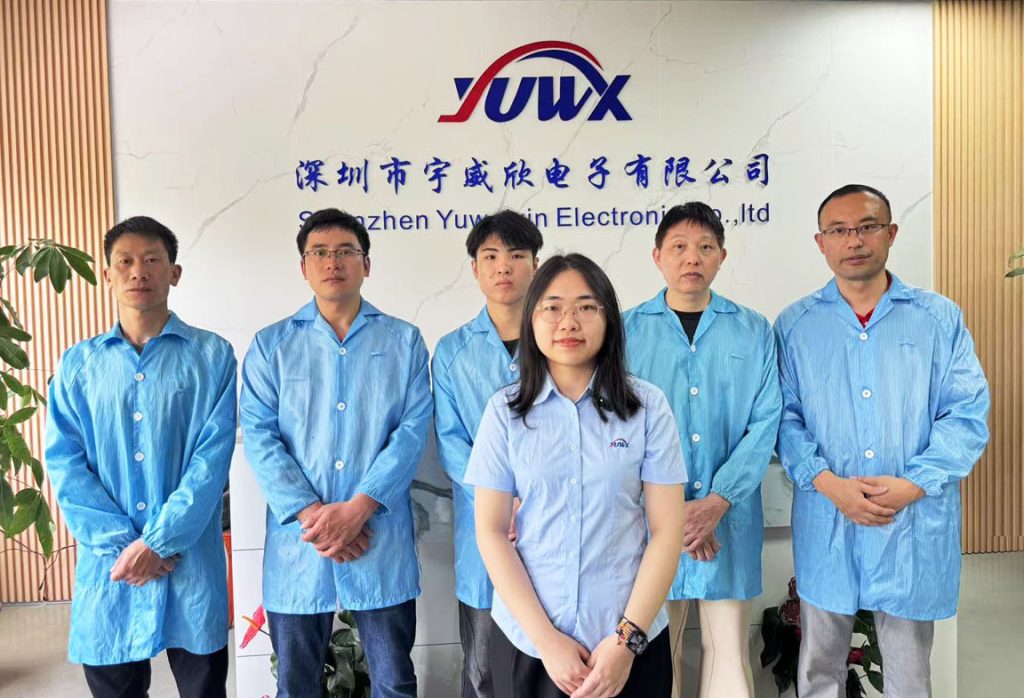Extensive Application of Vehicle Surveillance Camera Systems in Commercial Development
Introduction
With continuous technological advancements, vehicle surveillance camera systems are increasingly being applied in the commercial sector. These systems not only enhance vehicle safety but also provide better operational management tools for businesses. The use of vehicle surveillance camera systems spans across logistics transportation, public transportation, taxi industries, and more, becoming an indispensable part of modern commerce.
Definition and Functions of Vehicle Surveillance Camera Systems
Basic Components of Vehicle Surveillance Camera Systems
Vehicle surveillance camera systems typically consist of cameras, data storage devices, monitoring software, and communication modules. The cameras capture real-time footage of the vehicle’s interior and exterior, data storage devices save video materials, and the monitoring software is used for video playback and analysis.
Main Functions of Vehicle Surveillance Camera Systems
Vehicle surveillance camera systems offer real-time monitoring, video playback, remote viewing, and alert notifications. These functions help businesses monitor vehicle conditions, record incidents, and provide strong evidence. Additionally, the systems aid in optimizing management and improving operational efficiency.
Application of Vehicle Surveillance Camera Systems in Logistics Transportation
Enhancing Transportation Safety
In logistics transportation, vehicle surveillance camera systems play a crucial role. By monitoring the vehicle’s status in real-time, businesses can promptly identify and address potential safety hazards, ensuring the safe delivery of goods to their destinations. Furthermore, the monitoring system can record issues encountered during transit, providing strong evidence for accident liability determination.
Optimizing Transportation Management
Vehicle surveillance camera systems also assist logistics companies in optimizing transportation management. Through surveillance footage, businesses can analyze drivers’ behaviors, identify and correct unsafe driving habits. Additionally, the system can track vehicle routes, helping businesses optimize transportation routes and improve efficiency.
Application of Vehicle Surveillance Camera Systems in Public Transportation
Ensuring Passenger Safety
In the public transportation sector, vehicle surveillance camera systems are equally significant. Surveillance cameras installed on buses, subways, and other public transport vehicles can record the interior and exterior conditions in real-time, ensuring passenger safety. In the event of an incident, the surveillance footage can provide crucial clues for law enforcement, aiding in quick resolution.
Improving Service Quality
Vehicle surveillance camera systems also help public transportation companies improve service quality. Through surveillance footage, businesses can understand passenger needs and feedback, promptly improving services. Additionally, the system can help identify and resolve operational issues, ensuring the smooth running of public transportation.
Application of Vehicle Surveillance Camera Systems in the Taxi Industry
Protecting Drivers and Passengers
In the taxi industry, installing vehicle surveillance camera systems is also vital. Surveillance cameras can record real-time footage of the interior and exterior conditions, protecting both drivers and passengers. In case of disputes or safety incidents, the surveillance footage can provide strong evidence for quick resolution.
Enhancing Management Efficiency
Vehicle surveillance camera systems also help taxi companies improve management efficiency. Through surveillance footage, companies can monitor each vehicle’s operational status, identify and address operational issues. Additionally, the system can assist in optimizing dispatching, increasing taxi utilization rates.
Future Development Trends of Vehicle Surveillance Camera Systems
Intelligent Development
With the continuous advancement of artificial intelligence technology, vehicle surveillance camera systems are also developing towards intelligence. Intelligent vehicle surveillance systems can automatically detect and recognize abnormal conditions during vehicle operation through image recognition technology, improving monitoring accuracy and timeliness.
Big Data Analysis
In the future, vehicle surveillance camera systems will integrate with big data analysis technology. By analyzing large amounts of surveillance video data, businesses can identify operational patterns and trends, optimize management strategies, and improve operational efficiency.
Multi-Function Integration
Future vehicle surveillance camera systems will focus more on multi-function integration. In addition to traditional monitoring functions, future systems may integrate navigation, communication, entertainment, and more, becoming a comprehensive platform for vehicle management.
Conclusion
The application of vehicle surveillance camera systems in commercial development has already achieved significant results. Whether in logistics transportation, public transportation, or the taxi industry, vehicle surveillance camera systems play an important role in enhancing safety and management efficiency. With continuous technological advancements, the application prospects of vehicle surveillance camera systems will be broader. In the future, intelligence, big data analysis, and multi-function integration will be the development directions of vehicle surveillance camera systems, further promoting innovation and development in the commercial sector.








